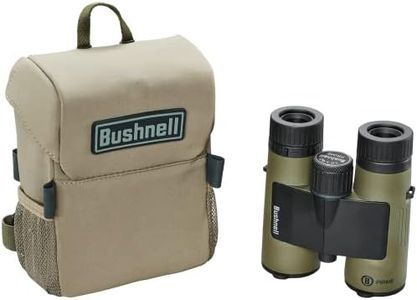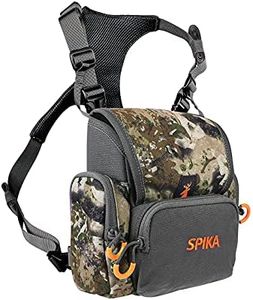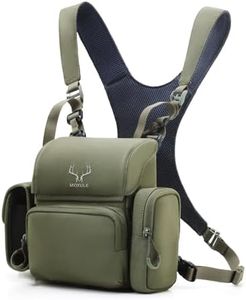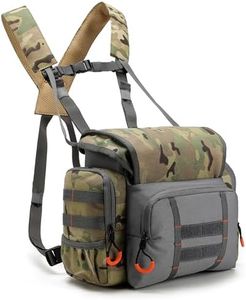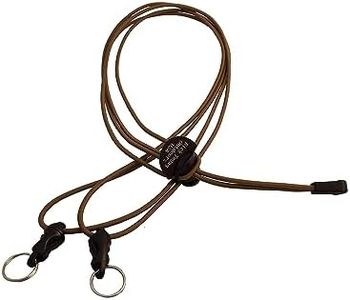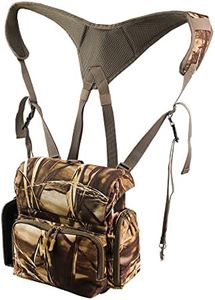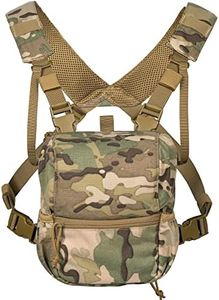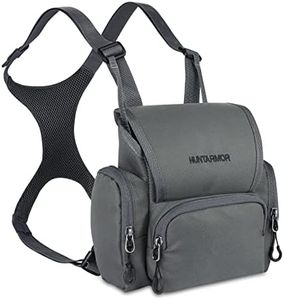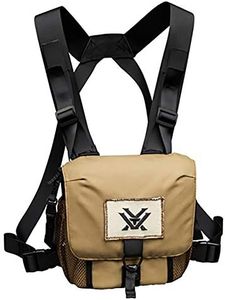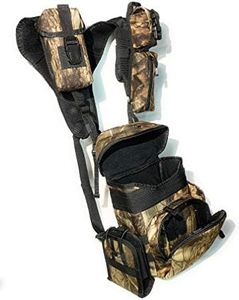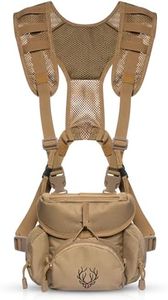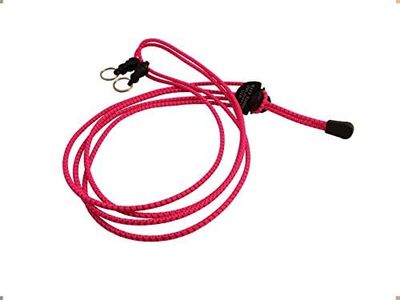We Use CookiesWe use cookies to enhance the security, performance,
functionality and for analytical and promotional activities. By continuing to browse this site you
are agreeing to our privacy policy
10 Best Binocular Harness
From leading brands and best sellers available on the web.Buying Guide for the Best Binocular Harness
Choosing the right binocular harness can make your outdoor experience much more comfortable and convenient, whether you're birdwatching, hiking, hunting, or at a sports event. The main purpose of a binocular harness is to distribute the weight of your binoculars evenly across your shoulders and back, reducing neck strain and keeping your hands free while keeping your binoculars close at hand. To find the best harness for you, pay attention to comfort, fit, security, adjustability, and extra features — your main goal is to ensure your binoculars are safe, easy to access, and comfortable to carry for long periods.Fit and ComfortFit and comfort refer to how well the harness sits on your body and how comfortable it is during extended use. This is probably the most important aspect because a poorly fitting harness can cause chafing, restrict movement, or even hurt your shoulders and back. Harnesses generally come in basic strap styles, wider padded options, and even full harnesses with chest packs. Slim strap models are lightweight but may dig into your skin or slip, whereas padded and wide strap harnesses provide more comfort but can be bulkier. Choose a harness that matches both your body type and how long you expect to wear it — if you're out all day, go for padded comfort; for short outings, a lighter model might be just right.
AdjustabilityAdjustability is about how well you can modify the harness to fit your body. Most harnesses have adjustable straps, letting you change the length and tightness. Good adjustability ensures that the binoculars don't bounce around but also aren't pressing into your chest. Look for harnesses with easy-to-use sliders or buckles. If you plan on wearing varied clothing (like thick jackets in winter), make sure the harness allows for quick and wide adjustments to stay comfy over different layers.
Attachment SystemThe attachment system relates to how your binoculars connect to the harness. This is important for both safety and convenience. Most harnesses use clips, quick-release buckles, or elastic cords. Quick-release features are handy if you want to remove binoculars quickly, while fixed attachments provide maximum security. Tethered or locking options prevent dropping but might make it slower to detach. Think about whether you need fast access versus maximum safety, especially if you'll also use the harness for other gear.
Support and Weight DistributionThis spec explains how the harness spreads the load of your binoculars. Some harnesses just rest on your neck (like basic straps), others use your shoulders and even your back for even weight distribution. Neck-only straps can lead to pain with heavier binoculars, while shoulder or cross-back systems are better for all-day use and heavier optics. If you carry lightweight binoculars for short periods, simple straps may be enough, but for heavier models or extended use, look for wide, padded, cross-back or X-style harnesses.
Material and DurabilityMaterial is about what the harness is made from, such as nylon, leather, or elastic fabric. This affects both comfort and how long the harness will last. Nylon and synthetic materials are usually lighter, resistant to water and wear, and easy to clean. Leather looks classic and can be comfortable once broken in but may require more care. Think about the weather conditions you'll face — if you expect rain or sweat, synthetics are a safe bet. If you prioritize looks and longevity, quality leather can be a good choice.
Additional FeaturesSome harnesses include extra features, such as chest packs for holding your binoculars and other essentials, pockets for small gear, or even built-in rain covers. These are especially useful for birders, hunters, or anyone wanting to keep accessories handy (like lens cloths or notepads). However, more features can also mean more bulk. Consider your activities: if you need to carry maps or snacks, a chest pack may be worthwhile; if you just want to keep things simple, a minimalist design may suit you better.

